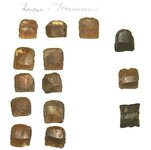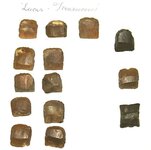TomB
Full Member
I have been hunting an area that I believe at one time was a late 1700 hundred to early 1800 home site. I have recovered 29 .69 cal musket balls, a brass button dated to that period and other items that would be found around a home site. Today I recovered a piece of metal holding a piece of flint. Does any know if it is part of a flintlock type weapon. Thanks TomB


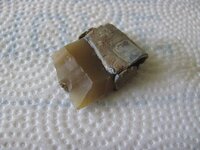
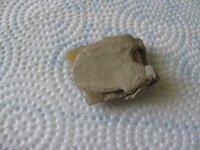

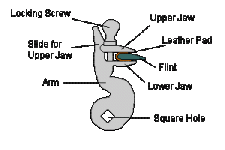
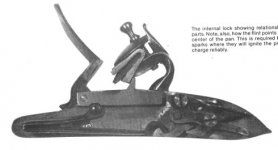
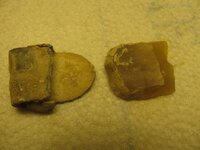
![leadsculpture[1].jpg](/data/attachments/335/335885-bfaafd5d3d314b9ec43fd09ac44fb427.jpg)
![leadsculpture[1].jpg](/data/attachments/335/335899-bfaafd5d3d314b9ec43fd09ac44fb427.jpg)

